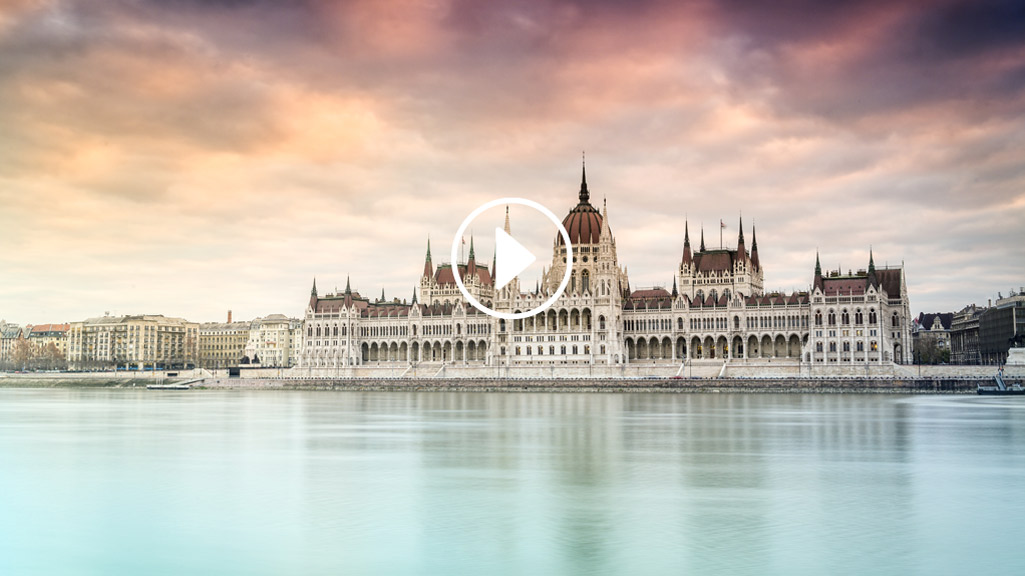Open Day at the Hungarian National Gallery
Time: 10.00 a.m. – 6.00 p.m. 15 March 2013
Venue: Budapest, Szent György tér 2., Buda Castle Palace, Buildings A-B-C-D
In addition to its permanent exhibitions, the Hungarian National Gallery will also welcome visitors this year with a grandiose temporary exhibition that is exciting also by virtue of its subject-matter, János Thorma, painter of the Hungarian Barbizon.
On 15 March, on the occasion of our national holiday, the Museum’s permanent and temporary exhibitions may be visited without prior registration, free of charge.
History of the Museum:
The Hungarian National Gallery is the largest public collection dedicated to documenting and showcasing the development and evolution of Hungarian fine arts. It has been operating as an independent museum since 1957. It moved to its current location, the building of the Buda Castle Palace in 1975.
The core collection of the Museum was constituted by the New Hungarian Gallery of the Museum of Fine Arts and the Hungarian portfolio of its modern statue and coin collection and collection of graphic prints and drawings. At present, the collection contains some 6000 paintings, 2100 statutes, 3100 coins, 11000 drawings and 5000 prints. The Hungarian National Gallery opened on 5 October 1957 in the former Curia Building in Kossuth tér, which currently houses the Museum of Ethnography. The museum relocated to Buildings B-C-D of the Buda Castle Palace specifically transformed for the purpose in 1975. Its collection was enlarged through the addition of the portfolio of the Old Hungarian Department of the Museum of Fine Arts, which enabled the showcasing of the entire history of Hungarian arts from the 11th century to the present day. The permanent exhibitions' Gothic Paintings and Wooden Statues and Late Renaissance and Baroque Art in Hungary were opened in 1979. The permanent exhibition of Late Gothic Winged Altars was opened in the former throne hall of the royal palace in 1982 and was followed by the Medieval and Renaissance Stonework Collection in 1985. The Hapsburg Palatine crypt was opened to the public within the building of the museum, on the ground floor of Building C in 1989. A new addition was made to the exhibition rooms of the Hungarian National Gallery in 2005 in Building A of the Buda Castle Palace.


